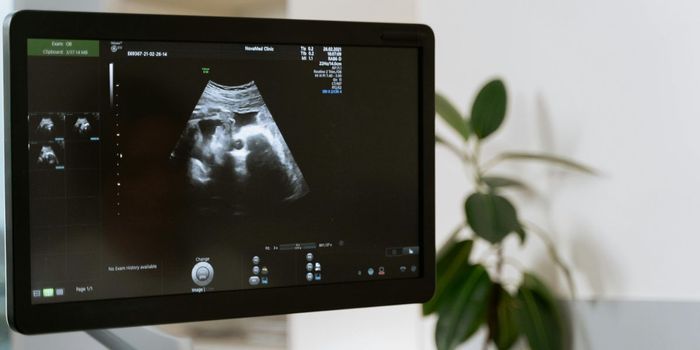A Simple Wearable Tech Device for Communicating
Wearable technology is a cutting edge field of research and development with hundreds of possible devices and applications for tech that can be easily worn and used. It's not all about the latest smart watch, however. Wearable tech has many uses in neuroscience, from brain computer interfaces to assistive devices for paralysis and mobility impairments.
Researchers at the University of California San Diego have recently come up with a glove that can translate the hand movements of American Sign Language (ASL) into text that is then transmitted to a screen. This kind of device could bridge the gap between someone who must use ASL due to a speech or hearing impairment or neurological injury and a person who is not fluent in ASL. The device, which creators have called "The Language of Glove," was designed and built for less than $100 from easily available electronic parts. Gloves that read ASL are being engineered in several research facilities, but many of them rely on expensive components and are difficult to manufacture in large quantities.
The team from UCSD published a paper on their design in the journal PLOS ONE. While decoding the hand movements that make up ASL is essential, it's just a first step in what the engineers hope will continue to evolve from their work. Timothy O'Connor, a nanoengineering Ph.D. student at UC San Diego and the first author of the study, explained,"Gesture recognition is just one demonstration of this glove's capabilities. Our ultimate goal is to make this a smart glove that in the future will allow people to use their hands in virtual reality, which is much more intuitive than using a joystick and other existing controllers. This could be better for games and entertainment, but more importantly for virtual training procedures in medicine, for example, where it would be advantageous to actually simulate the use of one's hands." They also can envision uses for stroke patients or those with ALS or "Locked in syndrome" who might be able to gesture but are not able to speak due to their neurological illness or injury.
The design began with a simple leather glove, similar to the kind worn by golfers or baseball players. Two sensors are located on the back of the glove, just above each knuckle, and another is placed over the thumb joint. The sensors are made from a stretchy material that has a silicone polymer base and is coated with a paint that conducts electrical signals. The sensors attach with copper tape, and then stainless steel wires lead to a miniature circuit board near the wrist.
The different hand movements used in forming letters and words in ASL will cause the sensors to change their electrical resistance, and this change is picked up by the circuit board and translated into text via the binary code of ones and zeros. While the future applications for this kind of device are almost limitless, the creators believe that its simple design and low cost are what will be the key to the device being successful. Darren Lipomi, a professor of nanoengineering at UCSD and the senior author of the work explained, "We've innovated a low-cost and straightforward design for smart wearable devices using off-the-shelf components. Our work could enable other researchers to develop similar technologies without requiring costly materials or complex fabrication methods." Check out the short clip of the glove in action, spelling out (what else?) U-C-S- D.
Sources: UC San Diego Jacobs School of Engineering, Newsweek, PLOS ONE










